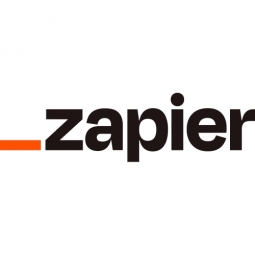Automation in Action: The Georgia Innocence Project's Journey to Efficiency
- Networks & Connectivity - 5G
- Buildings
- Telecommunications
- Additive Manufacturing
- Retail Store Automation
- Time Sensitive Networking
- System Integration
The Georgia Innocence Project, a nonprofit organization dedicated to helping wrongfully convicted individuals, faced significant operational challenges due to constraints of time and resources. The post-conviction criminal legal system, with its procedural barriers and the need to communicate with imprisoned clients, added to the complexity. The organization had to manage numerous moving parts, from handling appeals to tracking open records requests and managing intern applications. The team, which started with just two full-time employees, had to juggle office administration, communications, IT, volunteer and intern management, and fundraising. As the organization grew, the need for reliable systems, clear processes, and consistent information became critical.
The Georgia Innocence Project is a nonprofit organization that works to free innocent people from prison. The organization is dedicated to rectifying the injustice of wrongful convictions through the use of DNA evidence and other methods. The team, which started with just two full-time employees, has grown to a staff of 17. They handle a wide range of tasks, from office administration and communications to IT, volunteer and intern management, and fundraising. The organization operates in a challenging environment, dealing with the complexities of the post-conviction criminal legal system and the need to communicate with imprisoned clients.
The Georgia Innocence Project turned to automation to streamline its operations and keep its systems running efficiently. They used Google Forms to collect information, Code by Zapier to assign unique identifiers to requests, Google Drive for document storage, Clio as a centralized client and case database, Webhooks by Zapier for versatility, and Api2Pdf for envelope printing. They started by organizing communication, creating a digital call log using Google Forms and setting up an automated workflow with Zapier that emailed the logged messages to the right person. They also automated their open records requests, envelope printing, applicant intake, and hiring processes. For instance, they used Google Forms to collect and validate information and automatically create case files in Clio. They also automated the hiring process, using Gmail and Google Forms to gather and collate information, email candidates, and alert the hiring manager when things were ready to review.
Related Case Studies.











